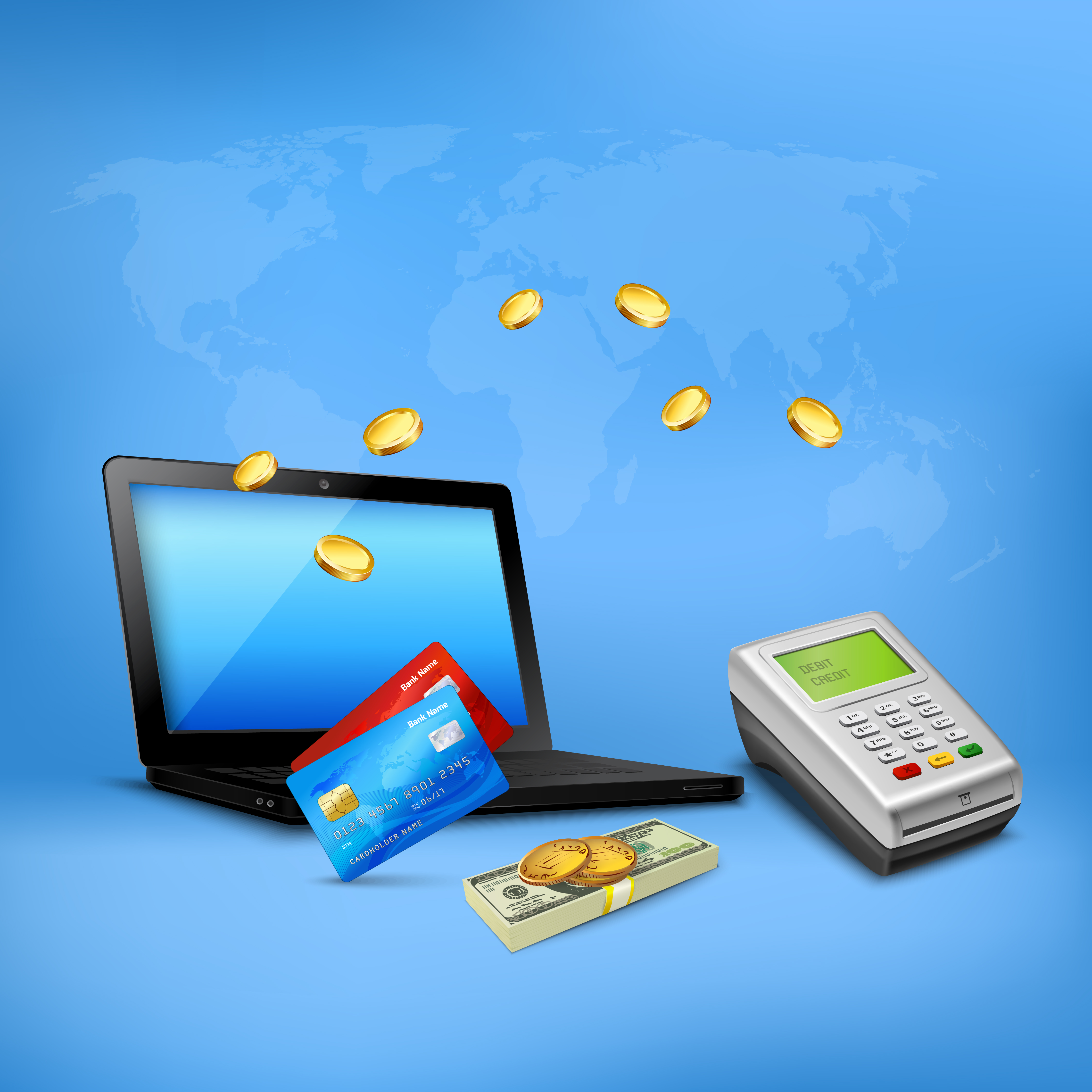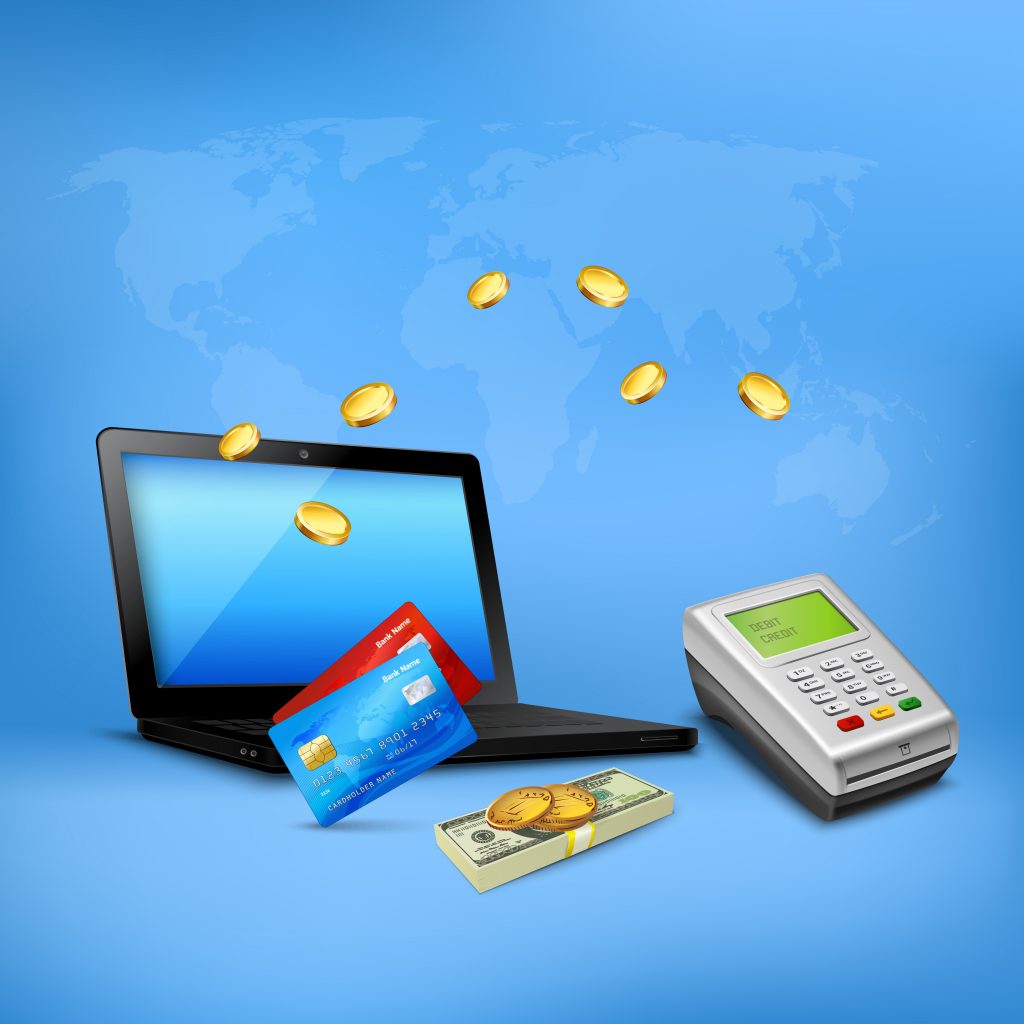
How To Check If The Website Is Secure For Making Payments?
- March 20, 2020
- 0

Now is the time when everyone remains online most of the time and prefers making payments online itself since it is a better option as per the convenience and that saves the time as well. But only a few are aware of the security concerns. it would be terrible if their private and sensitive information is circulated online without their knowledge and consent, despite the rise of cyber-attacks being heard every year. There is a need to highlight certain points so that one could decide whether a particular site is safe or not
1. Verify the SSL Certificate
Check the URL of the website. If it commences with “https” instead of “HTTP” it indicates the site is secured using an SSL Certificate (the s symbolizes secure). SSL Certificates secure all of your data as it is transferred from your browser to the website’s server. To obtain an SSL Certificate, the organization of the website must go through a validation process.
Still, there are a few various levels of validation, some of them are more accessible to get through than others. The lowest level of validation, Domain Validation (DV), simply confirms ownership of the domain and not the legitimacy of the organization demanding the certificate.
The most distinguished level of validation, Extended Validation (EV), is the safest and most thorough. With Extended Validation, the company requesting the certificate has to establish its identity as well as its legitimacy as a company. You can tell if a site has an EV certificate by viewing the address bar. Browsers display a green address bar with a lock icon for the sites with EV certificates.
2. Check for PCI
When you’re doing payments on a website, PCI is a must-check. The Payment Card Industry Data Security Standards (PCI DSS) give guidelines for traders that inform them what they want to do in order to secure delicate data in payment processing.
A merchant doesn’t have to be PCI compliant if they choose the right payment provider (one with PCI level 1). They can leave it up to the payment gateway to comply with the enterprise-level security standards.
3. Verify Tokenization
A website that can be trusted if they do not store customers’ credit and debit card information on their server. When choosing the right payment solution, the customers’ data doesn’t even touch the servers. More seriously, it’s encrypted before it is ever saved on database servers.
Tokenization substitutes sensitive data with a randomly produced string of characters, so it lessens the risk connected with a data breach. One of the best security methods is applying a token that depicts a real credit card number. When the transaction is approved, the data is sent to the centralized server and collected securely. At the same time, a merchant’s system gets a unique number. Then the token can be used as a replacement for the card’s data. Preferring a payment gateway with tokenization can reduce the risk of payment fraud.
4. 3D Secure Security Layer
3D Secure is an added security layer that helps with fraud blocking in debit and credit card transactions. In short, when an online shopper wants to buy something, he/she generates a secure password for the credit card he/she uses to pay. At that time, every purchase will be verified with the password in order to add more security.
5. Verify the address and contact number
This is a positive sign that the site is trustworthy if it shares its physical address or phone number or both. The customers may also call at the mentioned contact number to verify that the number isn’t fake. There are also other apps like Truecaller through which the subscriber’s information could be taken and hence authenticity could be checked.
6. Check out their Policy statements
Every reputed brand keeps its Terms and Conditions and allows the user to proceed for certain tasks only when the checkbox of “I Agree” is checked. The return policy explains a number of probable cases in which the consumers are given the right to return the delivered product(s) back. The privacy policy illustrates how the company safeguards its own as well as its users’ private data, once it is collected.
7. Prices and other offers that are too low
Everyone looks for the best deals and offers and everyone pretty much like the bargain as well. Too low price and extra-ordinary deals and discounts are a matter of suspecting the genuineness of the firm, no matter how extremely convincing it sounds.
8. Online reviews about the company by other end users
There are higher chances of negative reviews if a company is a fraud. Be careful about reading the reviews on some third party sites since the company’s employees write the reviews as well to balance the negativity. To understand the fake and genuine reviews, understanding the text language is the only key.
For instance, if a cosmetic cream is launched by a particular brand, the employees wouldn’t write their whole experience in detail. They will simply prefer writing statements like “wonderful product”, “extremely satisfied”, “no side effects”, etc. The genuine consumer would write something like “it took 7 days in getting the product, the quality is OK. Previously it appears as if I have applied a foundation but later it seems normal and natural”, or something like “I did not like the product, it does not suit my oily skin, though it has written that it is suitable for all skin types”.
The fake testimonials sometimes seem copied from the same previously written statement, over and over again with different user profiles, although the usernames do not have any display picture or any other identity sort of thing.
9. No bulk of spam or phishing emails
The genuine company would never send a bulk of emails to some random users. It sends emails only to those who have created their account or subscribed, and that too after a certain time period, not every single day in bulk. The reputed company’s emails contain just a few newsletters, the festival offers, special discounts, etc.
Phishing is a technique in which the fraud entities try to mimic the reputed brand and ask the consumers to send their private Credit card details. The customers too get convinced in doing such things because those companies copy the original company’s logo and write very formal statements with no spelling or grammar errors. It would be like –
Dear Customer,
Your bank account is at greater risk of getting hacked. To protect it in a more secure way, please send the following details to us.
Bank account number:
IFSC Code:
Security PIN/Password:
Regards,
XYZ Company
These types of statements have already fooled thousands of customers and such kinds of emails haven’t yet stopped. It is the awareness that counts.
10. No pop-up Ads
There must not be any pop-up advertisements while you visit a site. Generally, these Ads do not redirect anyone to the genuine webpage, but some third party page without our own consent. It is possible that the company might be genuine but it has failed to take any effective measures for the security, resulting in various threats. Either way, you are screwed if you trust such a site for making a payment.
11. Look at the Domain
Cyber attackers will sometimes build websites that imitate actual websites and try to deceive people into buying something on or logging into their phishing site. These sites often look exactly like the existing website.
They buy a DV certificate for their website and try to fool users by using phishing emails or other methods to buy items or log in to their accounts on the mimic phishing site.
To avoid these sorts of attacks, always study at the domain of the site you are on. If you get an email from your bank or another online vendor, don’t click the link in the email. Type the domain into your browser to make sure you are connecting to the website where you expect to be.
Though all the signs must be given preference, the last point has to be considered as a sure sign of the company’s genuineness. So, go ahead and do your research based on the points I have mentioned, plus your own research and you will be one of the happy customers.
How are you doing with your business now? Its a high time e-businesses. Do not make Low Performing Servers yet another reason for your business loss in these times, try ApacheBooster!




